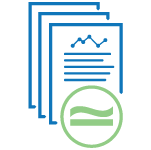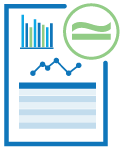Today, CARB posted the first quarter 2020 data for the LCFS program. The 1Q2020 report gives us insight into the credit bank situation as stay-at-home orders went into place due to COVID-19. In today’s flash report, we offer a quick look at the first-quarter data. Our comprehensive analysis will be published in Stillwater’s Quarterly LCFS Newsletter which is scheduled to be published on August 11th.
The first-quarter data shows a dramatic drawdown of 459,000 metric tons (MT) of credits, a striking turnaround after the 4Q2019 net credit of 160,000 MT but nearly matching the drawdown in 1Q2019. The first quarter of 2020 reflects some impact of the COVID-19 slowdown as California’s restrictions were imposed in mid-March. With the 1Q2020 net deficit, the credit bank ends the first quarter of 2020 at 7.65 million MT.
The table below summarizes the first quarter and compares year-to-year and quarter-to-quarter data.

A quick look at this data shows large decreases in credits compared to the previous quarter for ethanol, renewable diesel, and project credits. In contrast, biodiesel credits were nearly flat and off-road electricity credits rose. The increases in CARBOB and ULSD deficits were significant as the LCFS benchmark reduction became more stringent and incremental crude CI deficits became effective for the first time in the program’s history. Comparing 1Q2020 total credits and deficits to 1Q2019 shows that increased credit generation was matched by an increase in deficits.
We will provide an in-depth analysis of this data in our upcoming quarterly newsletter, published on August 11, 2020.

